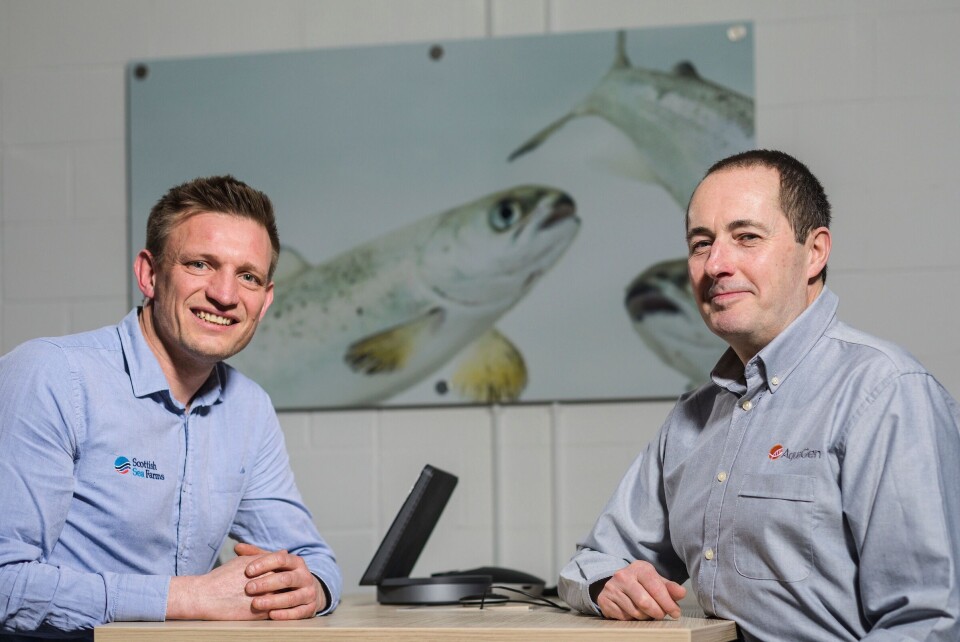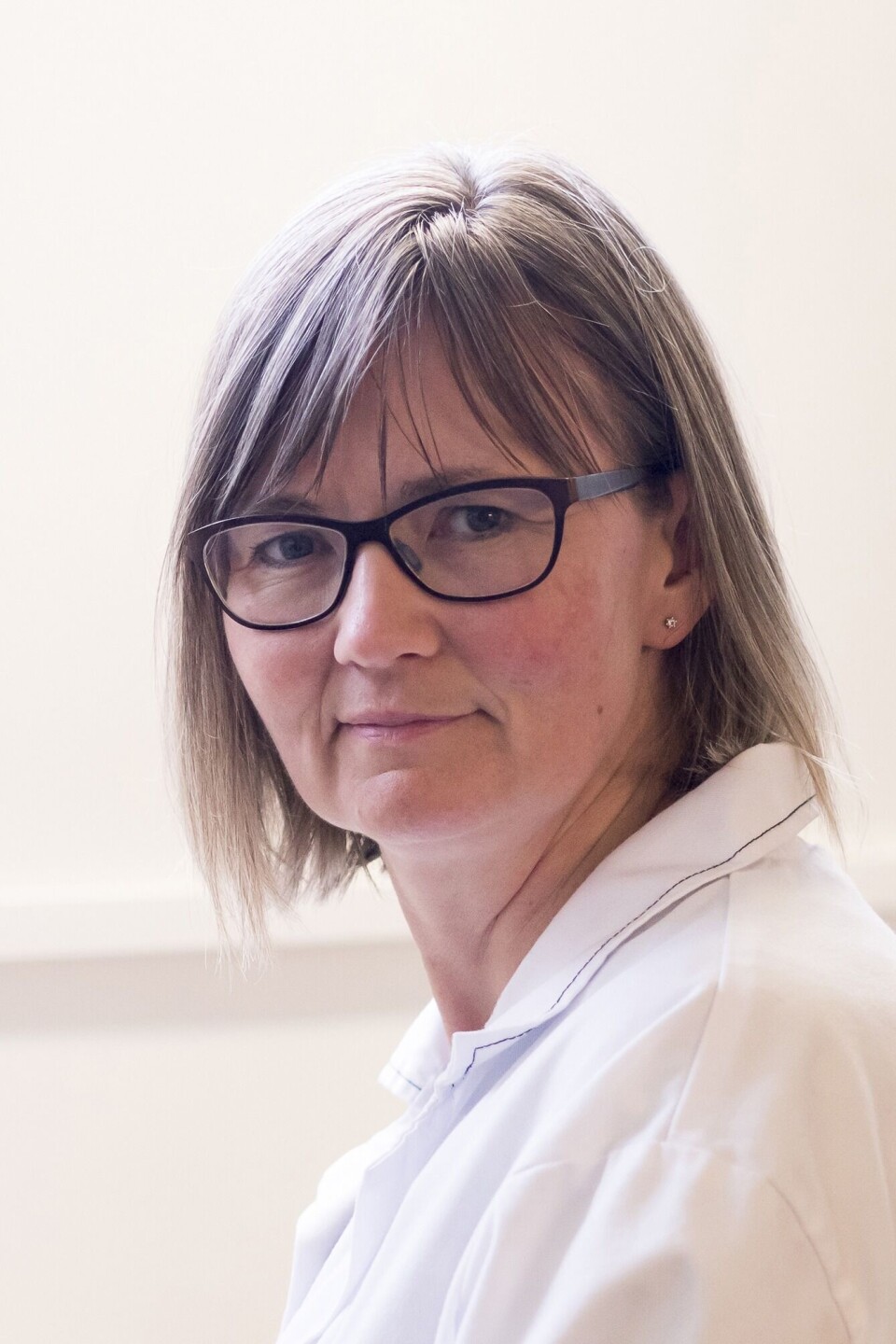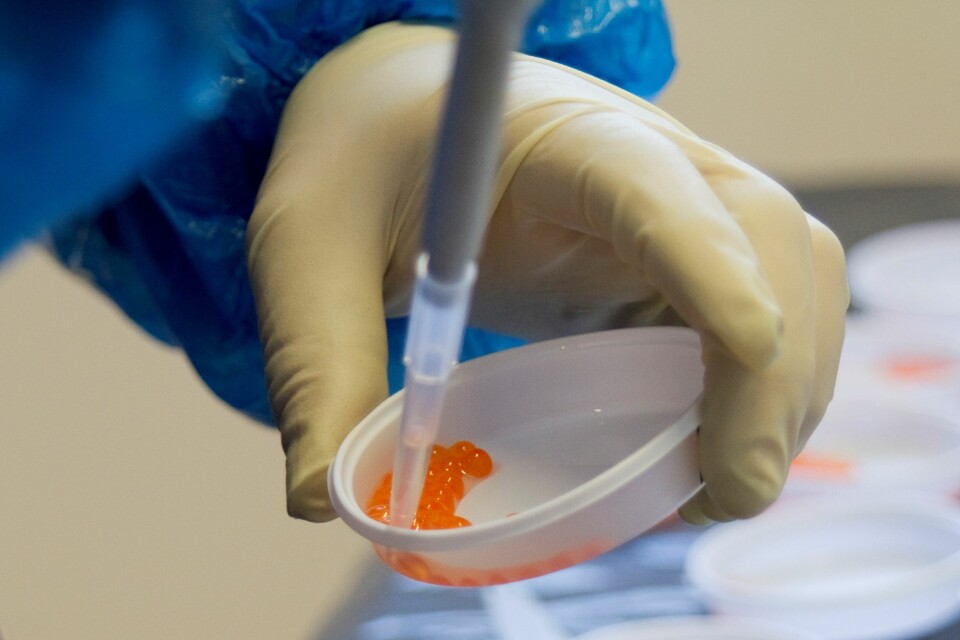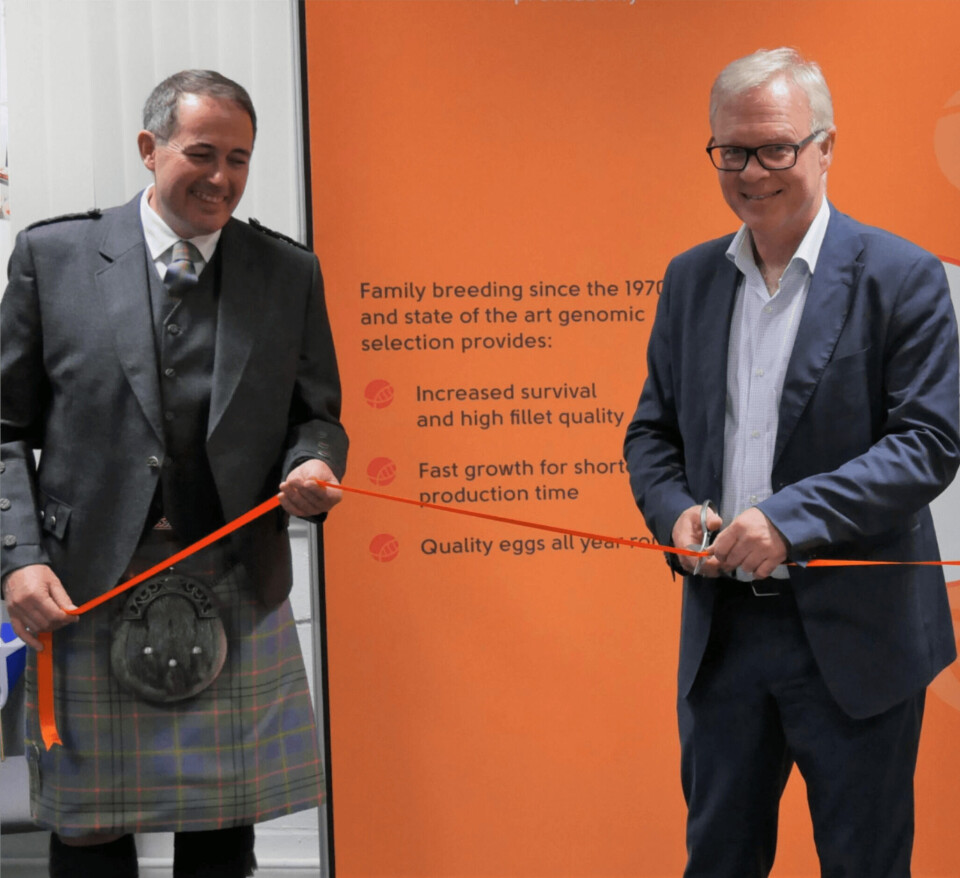
AquaGen buys Dumfries hatchery from Scottish Sea Farms for broodstock site
Salmon egg supplier AquaGen has signed a deal to buy Scottish Sea Farms’ freshwater hatchery at Holywood near Dumfries in south-west Scotland for an undisclosed fee and revealed long-term plans to produce 50 million ova per year at the facility.
The acquisition follows a successful trial production of eggs under licence in autumn 2018 and will enable the German-owned, Norwegian-based company to offer Scotland’s salmon farmers a reliable supply of eggs from locally-farmed AquaGen broodstock, increasing food security, the companies said in a press release.

Scotland-specific breeding
It will also allow AquaGen to run a targeted breeding programme to identify the genetic and biological traits most suited to performing well in Scottish farming conditions, resulting in robust fish stocks and a high-quality product for market.
AquaGen AS chief executive Nina Santi said: “We are committed to providing our customers in Scotland with a secure supply of eggs and this latest investment opens up the possibility of us supplying these eggs from locally-grown broodstock.
“We’re planning a series of upgrades to the existing facilities at Holywood, using Scottish suppliers as much as possible, then we will go into full production later this year. Deliveries will be from November to June initially; longer-term we hope to extend to year-round production of up to 50 million eggs annually.”
Confidence from the sector
Rural Economy Secretary Fergus Ewing said: “AquaGen’s investment speaks volumes of the confidence from the sector of doing business in Scotland and supports the aims of Scotland’s 10-Year Farmed Fish Health Framework, helping to improve the security of Scotland’s ova supply.”

Production and research will be overseen by AquaGen Scotland, creating two new roles. The company, which was established in autumn 2017 and is headquartered at Stirling University Innovation Park, now employs eight staff, four of whom are based full-time at Holywood with a further two new roles expected to be created at the hatchery as production develops.
The four-acre inland hatchery at Holywood uses groundwater drawn from a series of bore holes, a system that is known for its biosecurity, quality and constant temperatures, and is therefore well-suited to egg production.
World-leading expertise
Scottish Sea Farms’ head of fish health Ralph Bickerdike said: “This is a hugely promising development for Scotland’s salmon farmers, bringing world-leading breeding expertise and technologies to bear on home-grown broodstock so that their offspring can be adapted to specifically suit the Scottish marine environment. This, in turn, will bring a whole host of further improvements in terms of fish welfare and product quality.”
SSF, which is jointly owned by Norwegian salmon farming giants SalMar and Lerøy, is building a £48 million recirculating aquaculture system (RAS) hatchery at Barcaldine near Oban. The hatchery is due to start operating later this year.

Back-up stock
AquaGen chairman Odd Magne Rødseth first told Fish Farming Expert of the company’s plans to start ova production in Scotland at the official opening of the AquaGen Scotland office in November 2017.
Speaking at the time he said AquaGen already had broodstock kept by an un-named Scottish fish farmer to serve as a back-up in case its stock in Norway was compromised and intended to find a site where it could strip the fish.
He said the move to start egg production in Scotland would help serve the Scottish industry better and was also a precautionary measure against any ban on the import of eggs. “You never know whether will find some reason to close the border,” he said at the time.
“We have transferred three consecutive populations of broodstock [to Scotland] that are at different levels of development. Part of the oldest generation can be stripped in the coming season if we are ready, although 2018/19 is a more realistic approach.”
In the four decades since the first commercial-scale salmon farms were established, genetic advances have included:
- Reducing time that farmed salmon spend at sea, thereby minimising exposure to the natural challenges of the marine environment
- More efficient use of feed per kilo of meat produced
- Greater resistance to common fish diseases
- Increased survival rates
- Higher quality of product for market.























































